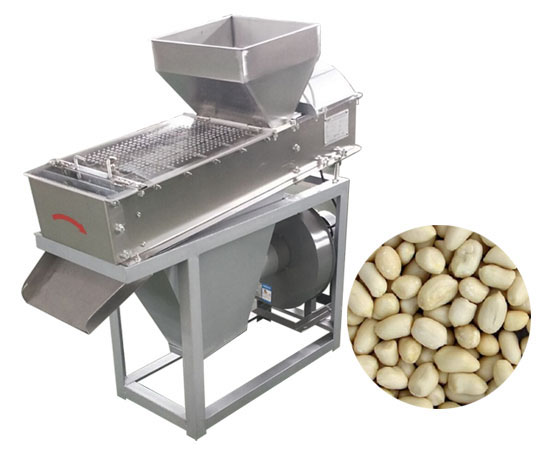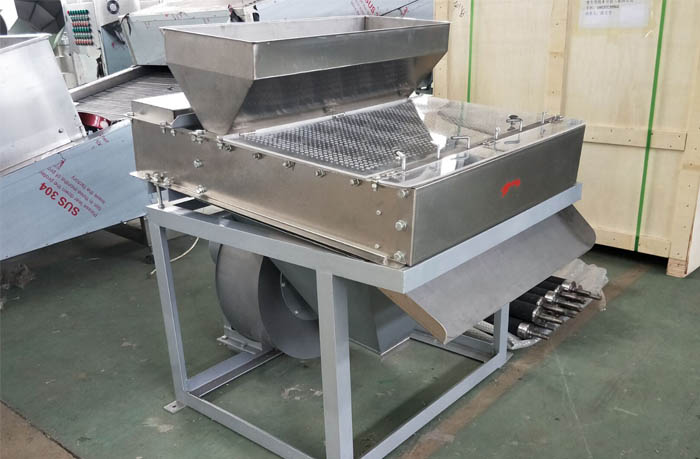Four key strategies for peanut peeler adjustment
Peanut peeling is a crucial part of the peanut processing industry. With the widespread use of peanut peeling machines, this task has not only become more efficient, but also significantly less labor intensive. However, it’s especially important that the machines are properly tuned to ensure optimal performance and extended service life.

Here are four key strategies for optimizing peanut peeler performance:
1. Confirm direction of rotation
Before starting a peanut peeler, the first task is to confirm that the direction of rotation is correct. This step is critical because incorrect rotation not only reduces peeling efficiency, it can also cause damage to the machine. Once you have confirmed that the direction of rotation is correct, you can begin feeding. It is not recommended to adjust the screw settings arbitrarily, except under specific circumstances. If you encounter operational difficulties, contact the manufacturer for professional guidance.
2. Adjusting the height of the discharge side
When operating the machine, you need to pay close attention to the peanut discharge. Make sure there are no small unpeeled peanuts or foreign objects mixed into the peeled peanuts. If unpeeled small peanuts are found in the output, the machine can be adjusted by raising the front leg of the discharge side appropriately. Adjustment of the bedding height needs to be based on the size and moisture content of the peanuts to ensure a cleaner and more efficient peeling process.
3. Managing airflow to the feed hopper
To avoid overflow and maintain peeling efficiency, proper feed management is critical. Before shelling, the feed hopper should be inspected to ensure that no small peanuts are overflowing. Peanut flow in the feed hopper can be effectively managed by adjusting the wind and airflow direction of the upper fan. Use lower wind power when pressing down; increase wind power when lifting up. This adjustment helps prevent small peanuts from being improperly discharged and ensures smooth machine operation.
4. Automatic handling of unpeeled peanuts
During the peeling process, any unpeeled small peanuts will be disposed of in the second drum of the peanut peeler. The machine is designed with an automatic feeding feature that efficiently handles these small peanuts without the need for manual re-feeding. This feature further improves peeling efficiency and machine stability.

In summary, by following these four adjustment strategies, you can significantly improve the performance and longevity of your peanut peeling machine. If you encounter any problems during use, please feel free to contact our support team, who will provide you with further assistance and guidance.
